Like a lot of awards contenders for 2024, James Mangold’s A Complete Unknown has been released in Australia in mid-January 2025. I suspect in a little under 12 months’ time, it is going to be taking up a slot among my favourite films of the year. This is stunningly crafted, wonderfully measured, and absolutely unmissable feature filmmaking. It is already up for several Academy Awards – if it does not win at least a couple, I will be properly astounded.
The film opens in 1961 as 19-year-old singer-songwriter Bob Dylan (Timothée Chalamet) travels to New York to meet his idol: folk singer Woody Guthrie (Scoot McNairy). It concludes in 1965, when Dylan’s newly developed electric sound almost causes a riot at the Newport Folk Festival. In between, the film showcases the development of Dylan’s career, his friendship with fellow singers Pete Seeger (Edward Norton), Joan Baez (Monico Barbaro), and Johnny Cash (Boyd Holbrook), and his relationship with girlfriend Sylvie Russo (Elle Fanning).
Perhaps the most interesting and effective creative choice that Mangold makes in A Complete Unknown is that, rather than spend two hours furiously attempting to unpack Bob Dylan’s inner conflicts and motivations, the central character is essentially left unknowable. We are not privy to his thoughts. We can only understand him by his actions and by his art. It is a master stroke, partly because it pushes that audience identification onto an array of fascinating supporting characters, and partly because it enables Mangold to better showcase Dylan’s music and lyrics.
Certainly Timothée Chalamet has been informed by what he feels were Dylan’s motivations. It is a superb, intricate performance and combines uncanny mimicry with a lot of contradictions and depth. We do not need to know Dylan’s complications, but Chalamet palpably demonstrates he is a complicated man.
He is surrounded by a cast that is essentially faultless, including Edward Norton’s spirited Pete Seeger, Monica Barbaro’s insightful turn as Joan Baez, and particularly Elle Fanning as Dylan’s on-again off-again girlfriend Sylvie Russo. She is a fictional character, wisely invented to preserve the privacy of the real Dylan’s partner of the time. Both Russo and Baez are well developed in Mangold and Jay Cock’s screenplay; a choice that deeply enriches the film.
The film is handsomely framed and shot and exceptionally well-paced. The screenplay does not assume its audience will be immediately familiar with Dylan’s early career, or its cultural significance. It places events cleverly among the major historical events of the time. One does not even need to be a fan of Bob Dylan’s music to appreciate the film: I am not personally a fan of his work at all, and found the movie both fascinating and dramatically captivating.
It is fascinating to compare A Complete Unknown with Mangold’s earlier film Walk the Line (2005), which tracked the life of Johnny Cash from childhood to mid-career in a far more conventional manner. While I adored that film, I feel A Complete Unknown is the superior picture in large part because it spends more time telling a shorter story. Interestingly Cash turns up several times in the Dylan film, played by Boyd Holbrook. It is a considerably different take on the singer than the one Joaquin Phoenix delivered in Walk the Line. At the same time, it feels equally valid and reflective of the man. It led me to think on how biographical pictures can be entertaining, but can never genuinely encompass the complexity of a single person. Director Todd Haynes clearly worked this out when making his own Dylan biopic I’m Not There in 2007, when he cast six different actors to play him. A Complete Unknown takes a completely different approach, but it does so from the same point of view: Dylan the man – like all people – is unknowable in a three-act narrative. Dylan the talent is utterly remarkable.
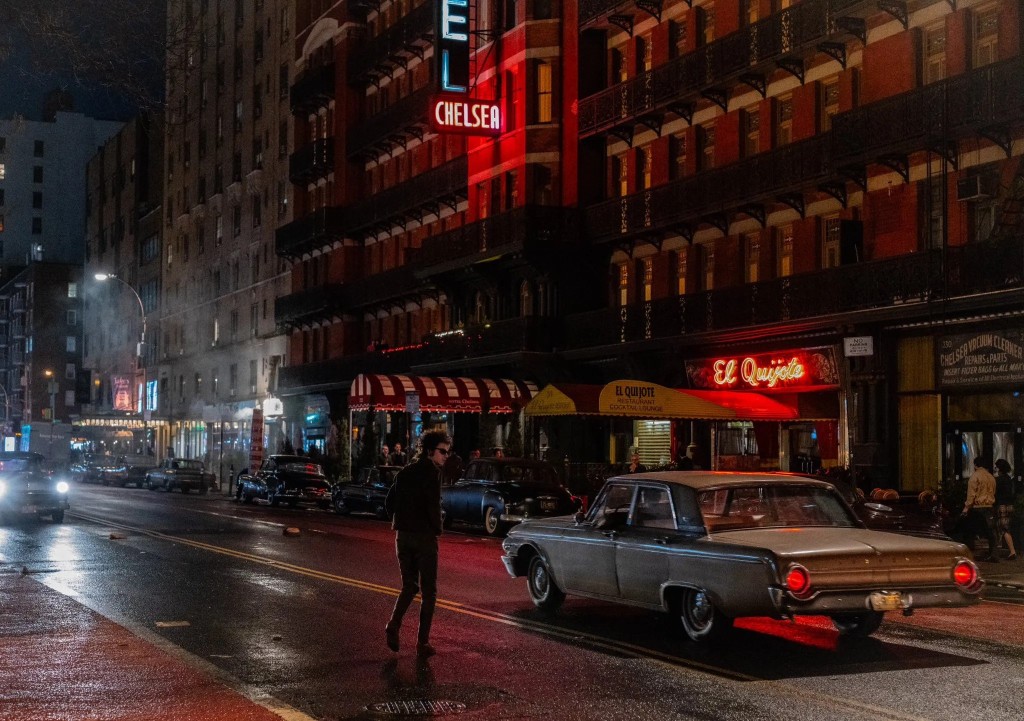
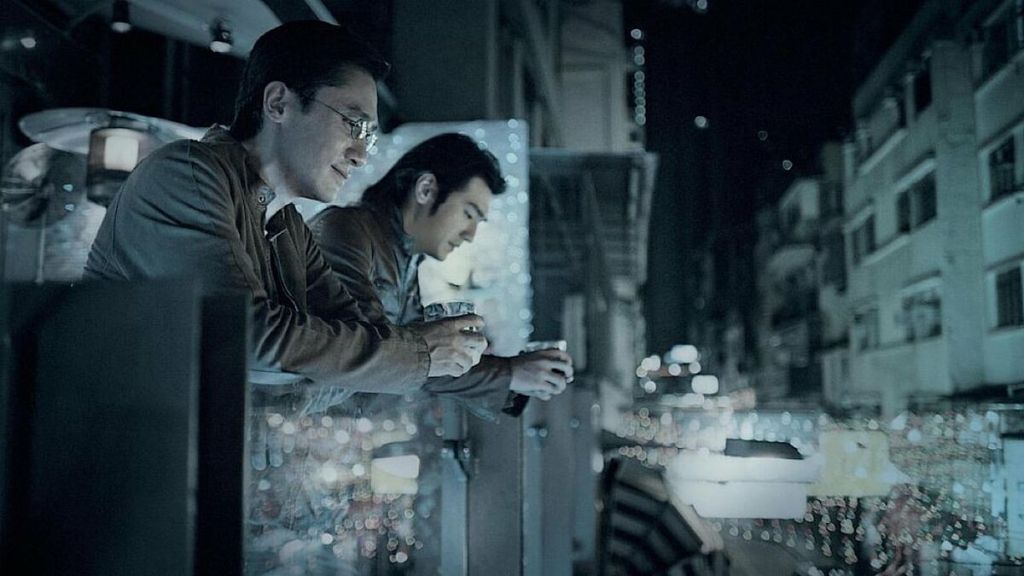
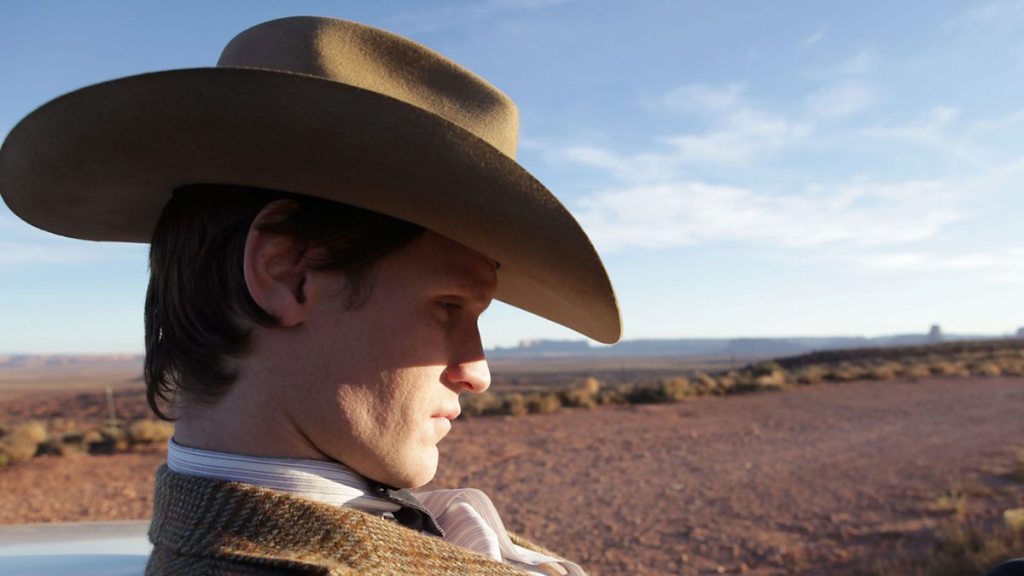
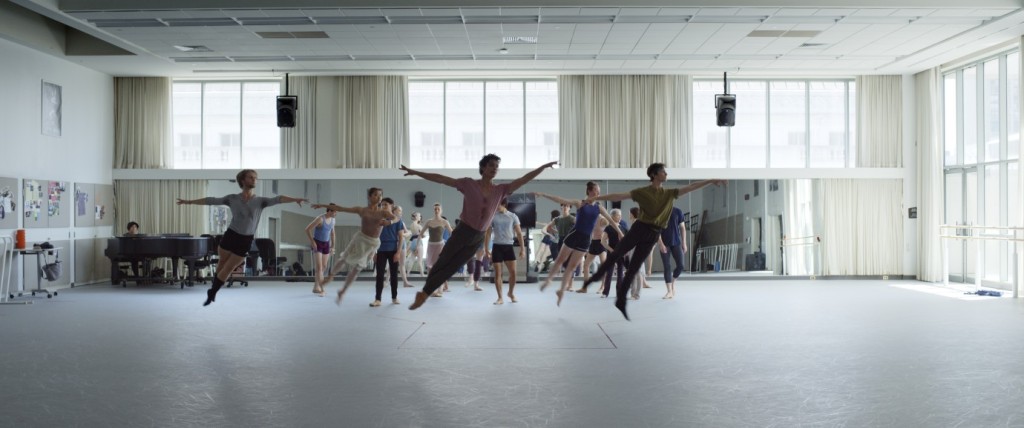
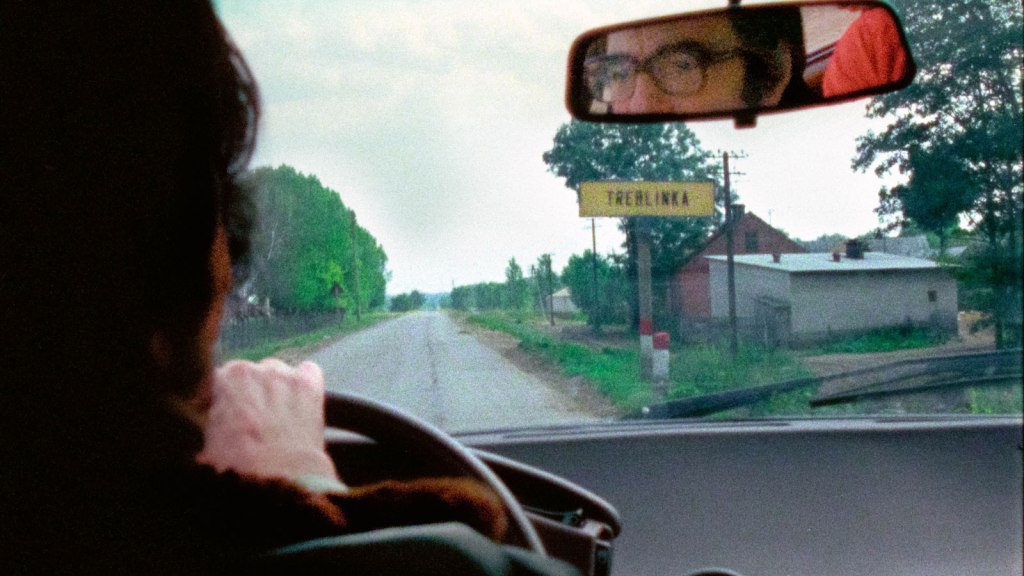
Leave a comment